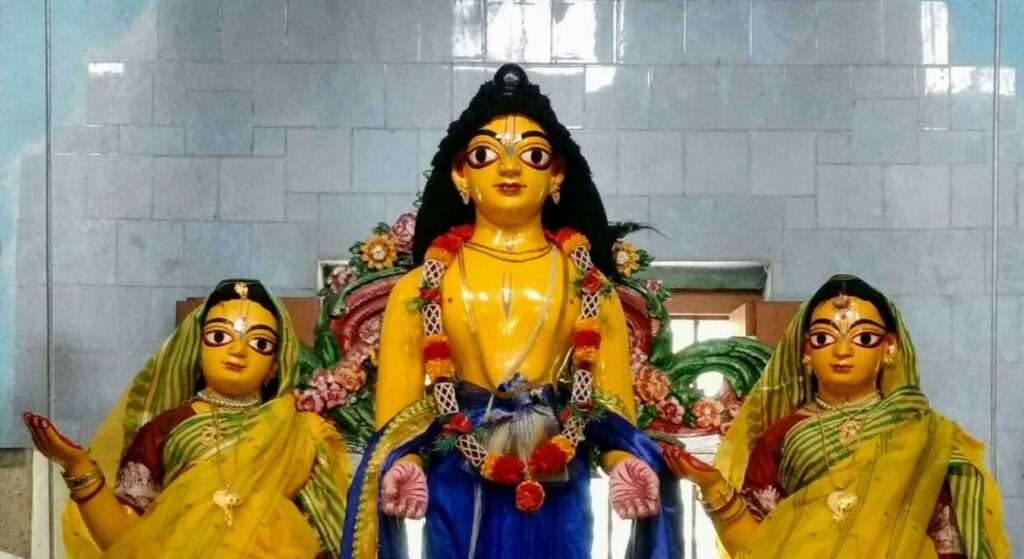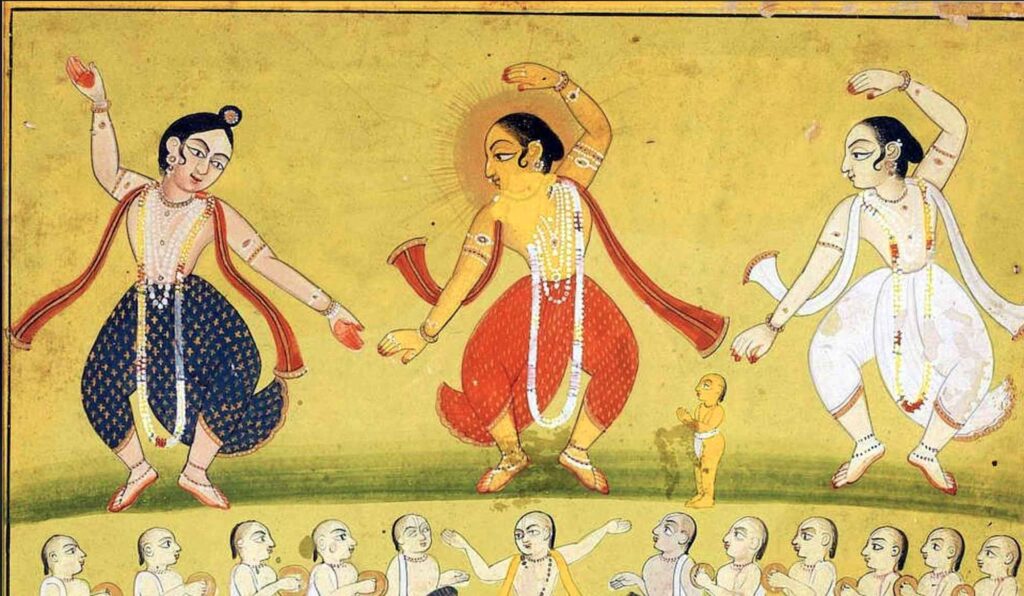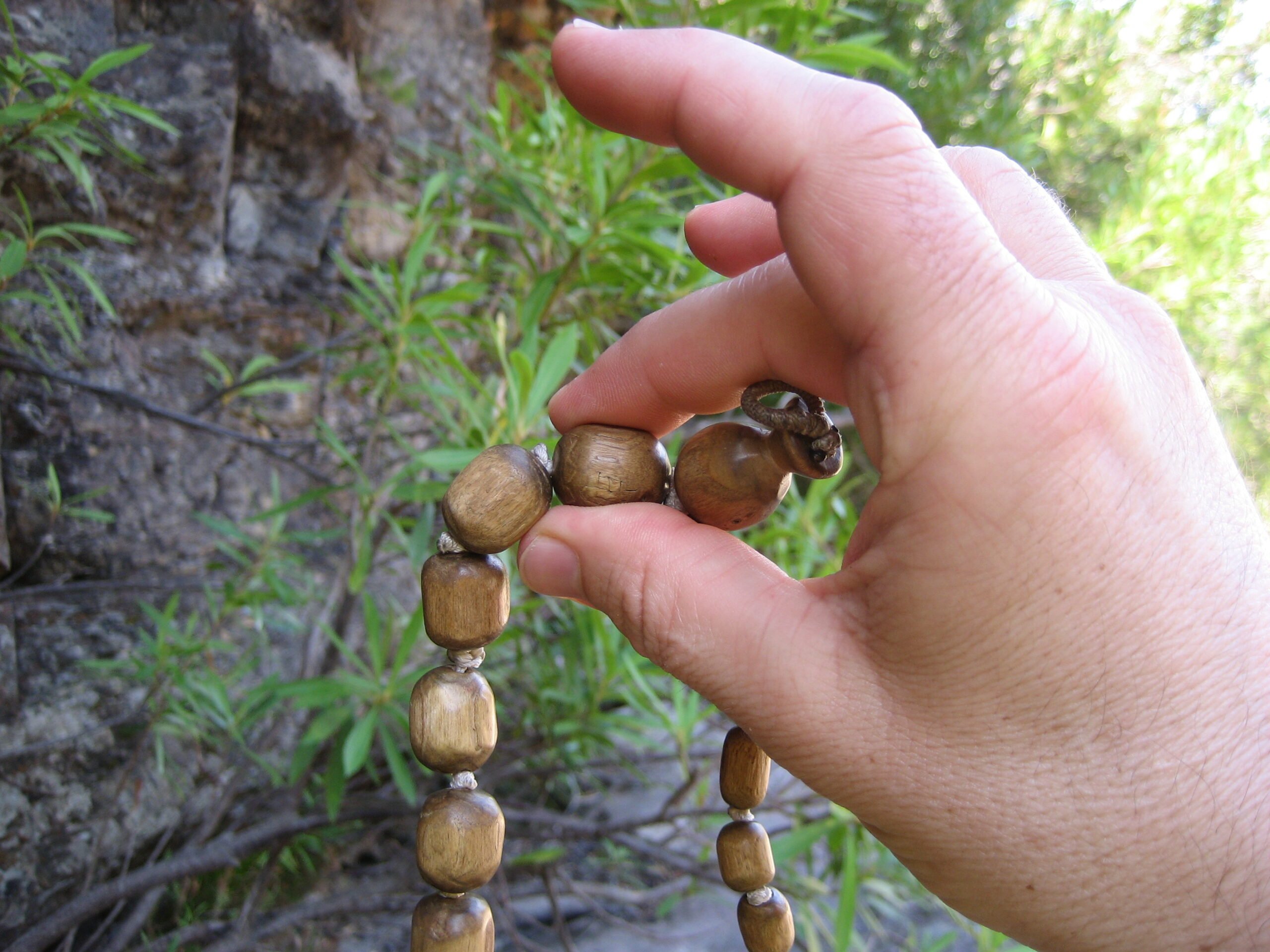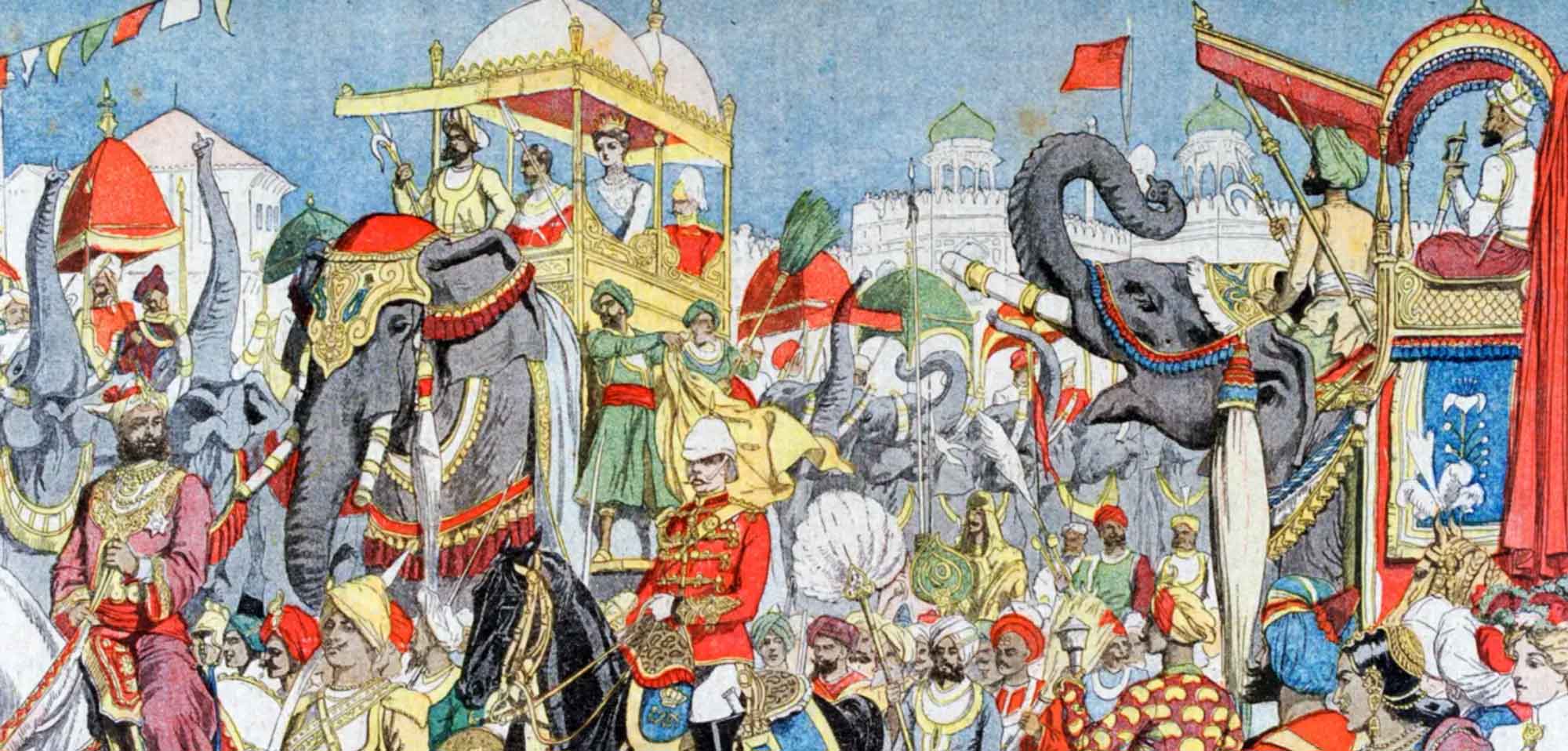Overview
‘Bhakti Caitanya Candrikā’ was first published in Sajjana Toṣaṇī, Vol.1 in 1881. This is a review of a book called Bhakti Caitanya Candrikā by Chiranjeev Sharma. Śrīla Bhaktivinoda Ṭhākura points out the glaring defects of the author in presenting the life and teachings of Śrī Caitanya while adulterating them with impersonal philosophy.
(translated by Swami B.V. Giri)
A few days ago, a book by the name of Bhakti Caitanya Candrikā came into our hands. Although, according to some writers, a name alone should not judge the quality of an object, human nature is such that a particular mood appears as soon as one hears the name. When you see the word ‘bhakti’ in the title of the book, you can understand how much the devotees feel joy simply by associating with bhakti. Since the pure name of Lord Caitanyadeva is also added to it, we cannot express how much bliss we felt as soon as we saw the book. As soon as we heard the name ‘Bhakti Caitanya Candrikā,’ our mind and eyes became so attracted to it that we couldn’t do anything except read that book. If any enmity comes after initially feeling so much joy and hope, anyone can understand how much suffering must be there! After reading the book from beginning to end, I saw that the author had compiled the life history of Mahāprabhu with diligence, but due to his being philosophically blind, his book will not become very popular with Vaiṣṇavas. It is better to take bitter medicine than to mix bitter things with cooked food. Narrations about the life of Mahāprabhu are dear to all jīvas, and especially they are the very wealth of the life of the Vaiṣṇavas. However, this book becomes so distasteful to read due to jñāna-miśra-bhakti (mixing jñāna with bhakti), that the reader will become totally disgusted with it, let alone fall in love with it. This book is not small – 136 pages have been written in the first section and 135 pages in the second section. We have read it in its entirety.
We will not spend too much time on the biography of Mahāprabhu. I will just say that if that book had been written by a pure Vaiṣṇava, it would not have been so dry. When we read the biography, we felt that it was a pity it was not written by any real devotee. Just like how it is always a good idea when a blacksmith makes things from iron, and a carpenter makes seats from wooden. We are aware of the extent to which a structure is good if a carpenter sits down to make something from iron. Yāra karma tāre sāje, anya loke lāṭhi bāje (‘A man’s work befits himself, and doing another’s is like being beaten with sticks’) – the words of this Indian poet are actually correct. Chiranjeev Sharma seems to be a young man, devoid of knowledge. He cannot understand the subtle differences between jñāna-khāṇḍa and bhakti-khāṇḍa. It seems that Chiranjeev feels that he belongs to the jñāna-khāṇḍa sampradāya. Devotees are simple-hearted. The propounders of jñāna-khāṇḍa are cunning. With hidden agendas, they become spiritualists with the help of karma-khāṇḍa and bhakti-khāṇḍa. They perform bhakti-sādhana in order to cultivate jñāna-khāṇḍa sādhana.
Writing the biography of Mahāprabhu was not his main intention. In the long run, his main intention for discussing the philosophy of Lord Caitanya was to show the supremacy of brahmavāda. Only by discussing the appendix can you understand our conclusion to be true. A summary of bhakti-tattva as preached by Mahāprabhu is given there. Appendix 33 reveals a new concept of bhakti. That is where Chiranjeev Sharma’s secret intention is expressed. Sharma Mahāśaya writes that, “Seeing the emergence of a new form of bhakti with the Kaishabi Brahmos, my hope and faith has come alive.” His heartfelt devotion is revealed in this sentence.*
* Translators Note: Kaishabi Brahmos refers to the Brahmo Samāja which was the breakaway faction of the Brahmo Samāj founded by Keshab Chandra Sen in 1866. The Brahmo Samāj was a Hindu reformist movement in Bengal started by Ram Mohan Roy, and incorporated the impersonal beliefs of the Hindus along with Christian ideals.
His belief is that the bhakti-tattva that Mahāprabhu taught was incomplete, and the Brahmo system of bhakti is gradually filling the gap. He has revealed this in many places. Regarding the modern Brahmo bhakti, he says that no one knew before that there could be so much prema–bhakti and anurāga for something without any form. There is no Deity, and imagination and blind sentiment have no place here, yet it is difficult for him to understand divine madness and the shedding of tears so easily. By reading the entire appendix we can understand that Chiranjeev Sharma is a modern Brahmo and a true nirkāravādī (a proponent of formlessness). In order to establish the superiority of his own sectarian opinion, he first praised Mahāprabhu, and then called His philosophy incomplete, stating that nirākara–tattva (the principle of a formless Supreme) is superior. Chiranjeev Sharma’s cunningness is easily understood. His praise of Caitanya is only for the sake of doing something else. It is clear from his writings that Lord Caitanya’s tendency towards bhakti is excellent, but the act of connecting that inclination to sākāra Kṛṣṇa (Kṛṣṇa with a form) was extremely misleading. Hari-nāma saṅkīrtana is excellent, but the līlā-kīrtana of Rādhā-Kṛṣṇa is a sampradāyika blunder. As a result, the gem of bhakti has been rescued from the mire of Vaiṣṇava dharma by devotees of formlessness. This view of Chiranjeev Sharma is simply sectarian blindness. In pursuit of the purity of the inclination to bhakti, the previous mahātmās, with great care, rescued it from jñāna-khāṇḍa, and relished the unlimited rasa of that pure propensity. In actual fact, it has been concluded through deliberation that bhakti to Brahman is impossible. Just as a “golden stone bowl” and “the presence of mango in jackfruit” are meaningless words, brahma-bhakti, or nirākāra-bhakti are also useless. Engaging in abnormal activities eventually leads to ridicule. If Caitanya’s pure kṛṣṇa-bhakti is to be reduced to nirākāra-bhakti, then far from improving that disposition, it will become a miserable degradation.
By deceitfully claiming that Mahāprabhu has said that He will appear again two more times, Sharma Mahāśaya intends to establish his ācārya as the avatāra of Caitanya. It seems that from reading the books of the Neḍās and Bāulas, he accepts two avatāras, according to their deceptive word-jugglery. Sharma Mahāśaya and others like him are trying to increase the respect of their ācārya by cheating. After the disappearance of Mahāprabhu, many heretical groups arose and preached many new ideas in the name of Śrī Caitanya. All these were disliked by Mahāprabhu. All these unorthodox ideologies speak about Him in many places. Prakṛtī-sādhana, Kiśorī-bhajana, Atibāḍī, Karta-bhaja, Brahma-bhakti etc. – all these sects are seen nowadays. They all use Caitanya as an excuse, but they wander around mutilating His philosophy, and the original propounders of these philosophies are all referred to as avatāras of Caitanya.
In fact, amongst all those sects, a certain amount of Advaitavāda, nirākāravāda and corrupt practices are observed. Sharma Mahāśaya should not write such a book and lead one towards immoral doctrines. This book will produce no good result, because the pure Vaiṣṇavas are especially mindful of previous events. Many bogus texts such as Rāga-vartma Candrikā, Śaraṇtīkā, Vivarta-vilāsa, Nigama Kalpataru etc. have been published in the name of Caitanya. Any book which is published with contrary opinions will not be appreciated by the Vaiṣṇavas.













